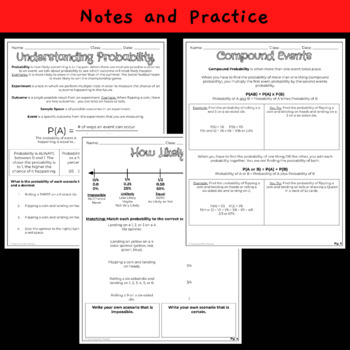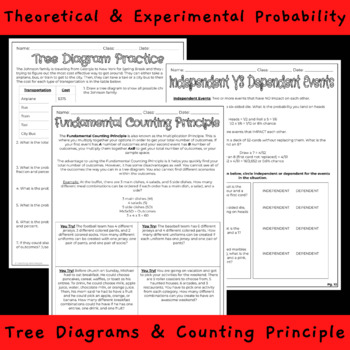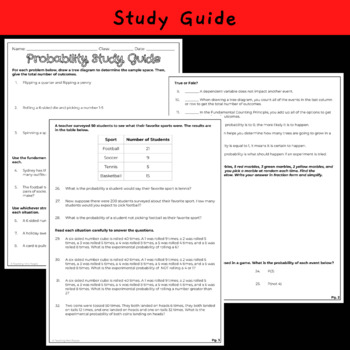7th Grade Probability Worksheets
- PDF
Description
In this Percentage Worksheet Set, students learn and practice with probability. There are notes and practice problems on each probability topic, as well as a 32 question study guide for practice. Students work with experimental and theoretical probability, compound events, tree diagrams, and so much more. This set is perfect for in class notes, math centers, remediation, sub plans, or extra credit.
What’s Included:
➜ 10 Worksheets of Notes & Practice
➜ 3 Page Study Guide
Topics Included:
➜ Understanding Probability
➜ Experimental & Theoretical Probability
➜ How Likely? Understanding probability
➜ Compound Events
➜ Tree Diagrams
➜ Fundamental Counting Principle
➜ Independent Vs Dependent Events
➜ Probability Study Guide
NEED MORE ACTIVITIES LIKE THIS?:
FIND ME HERE:
☞ Blog
❤️ Make sure to leave a review to receive credits for future purchases - THAT'S FREE CREDITS THAT YOU CAN USE FOR FUTURE TPT PURCHASES!!
❤️ If you have any questions or experience a problem, please send me an email or ask on the Q&A page prior to leaving a review. I will respond as soon as possible to all questions!





